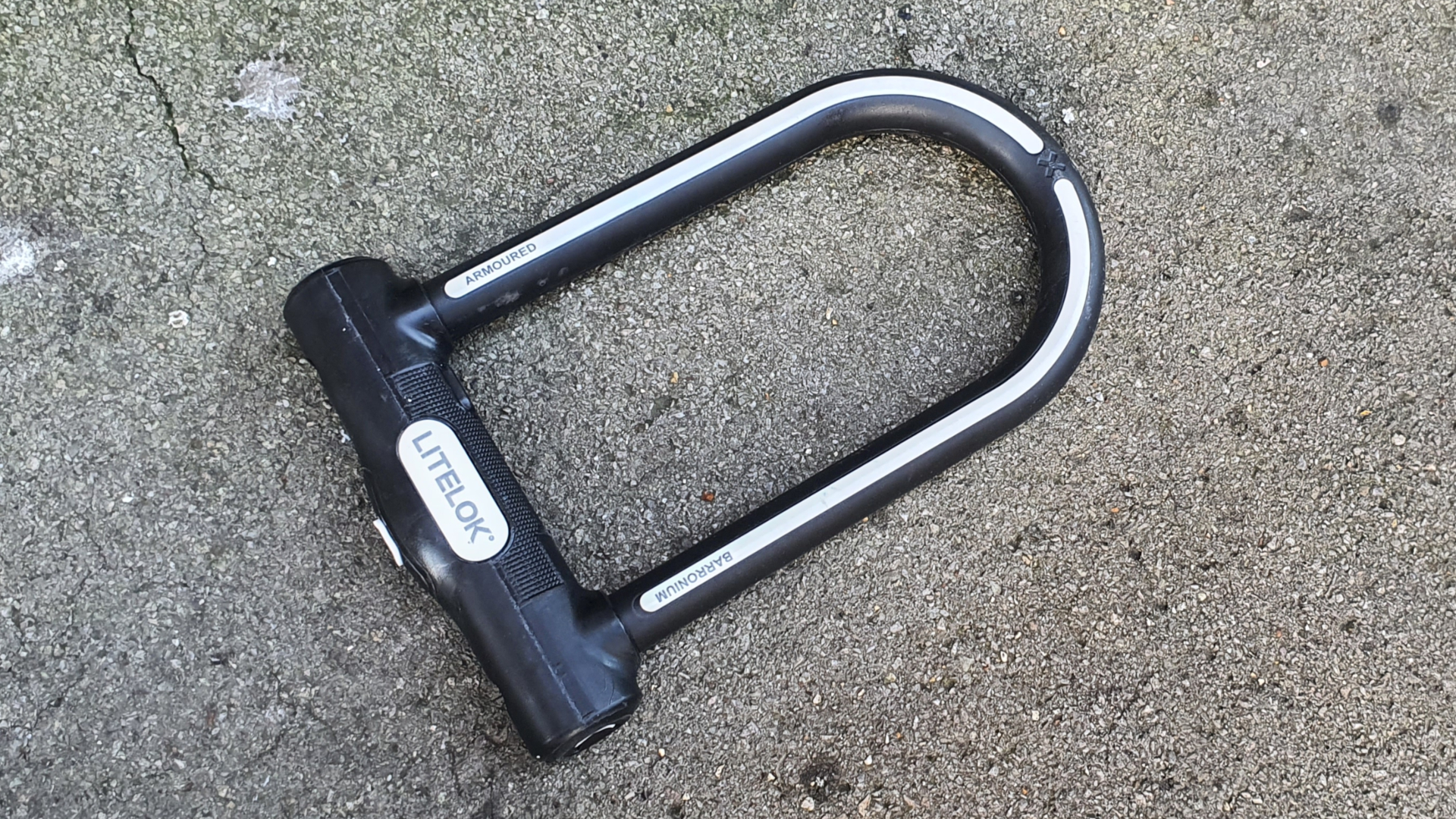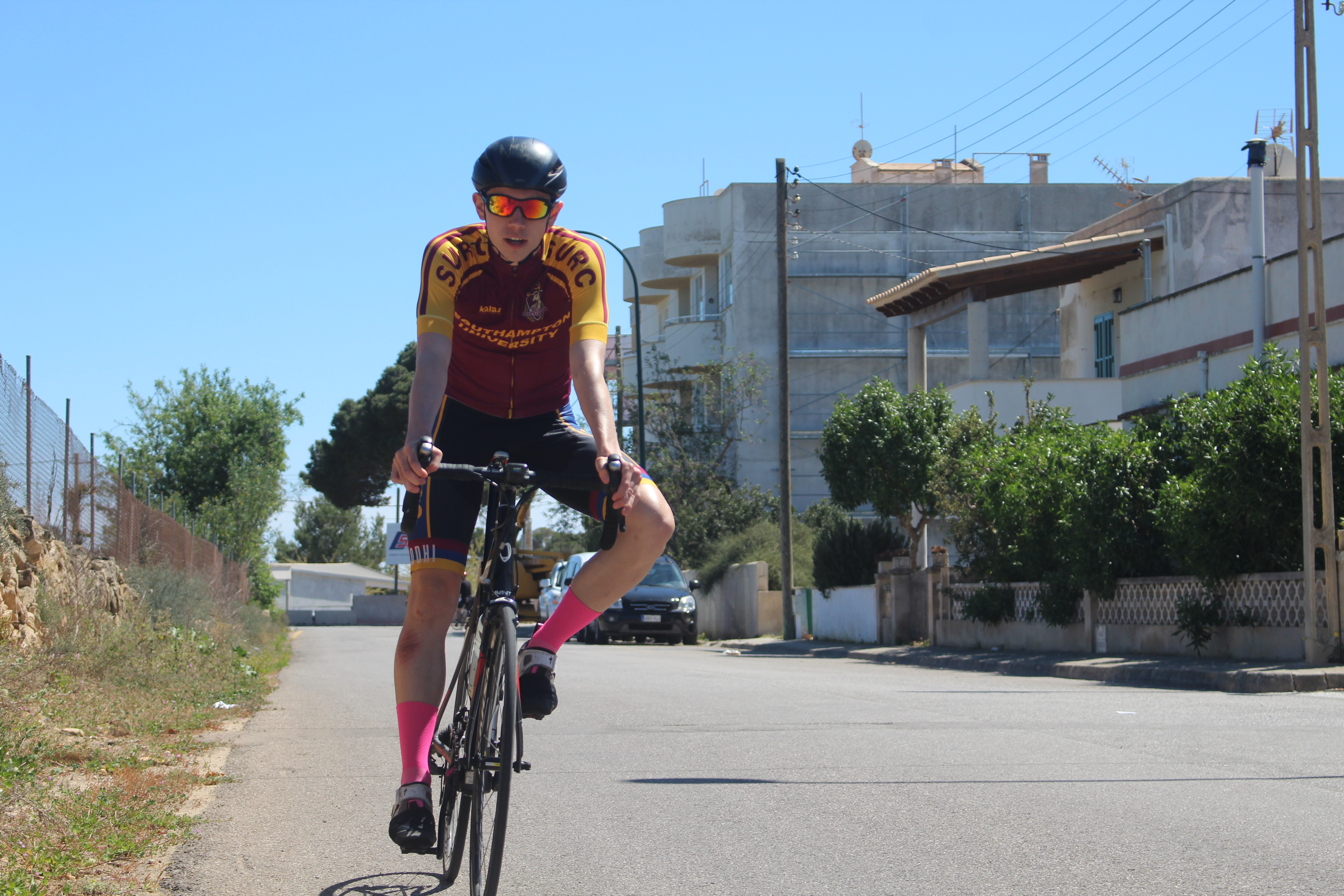Litelok X1 review - the self-proclaimed 'next generation angle-grinder resistant D-lock'
Wrapped in an eco-friendly rubber, the Litelox X1 balances weight with high security to create a high quality lock that's easy to use

With a new angle grinder-resistant material, rubber coating, and a nice mount for your bike, the Litelok X1 is a really great product. However, strong and light does not come cheap, but if you want to keep your bike safe, it seems worth the spend.
-
+
Lightweight and easy to carry
-
+
Good range of accessories available
-
+
Rubber outer layer protects your frame from scratches
-
-
A high price option
You can trust Cycling Weekly.

This review has been checked and updated in 2025 as part of a broader refresh of our Best Bike Lock buyer's guide. While it didn't make it into our angle grinder-resistant bike locks test, its newer and more secure sibling, the Litelok X3, did.
Where bicycle thieves once relied on bolt cutters they now have turned to angle grinders. When faced with a portable power tool, many bike locks are no longer as secure as they once were.
To guard against the latest 'tools of the trade,' lock brands are seeking to introduce angle grinder-resistant bike lock designs that can better withstand an attack.
Litelok is a case point, with its X1 lock using a new, patent pending material called Barronium. As a result Litelok says the X1 is “at least 5 times more” resistant than the best bike locks to these power-based attacks, especially U-locks.
Litelok X1: construction
When it comes to locking up your bike securely, the location and object that you're securing your bike in and to are both very important. Making up the final point of the triangle, though, is a high quality and robust that's able to resist attack - and that's where the Litelok X1 comes in.
In the construction is Litelok’s own 'Barronium' composite, developed by Litelok's CEO, Professor Neil Barron. The outer layer of this material is covered by a plant-based ecological rubber, which helps prevent frame damage.
Naturally, a robust lock still needs to be reasonably lightweight and portable enough for it to actually be used on a regular basis, whether that's locking your bike up at work after a cycle-commute in or by the cafe or pub when meeting up with friends.
The Litelok X1's 1,7 kilos are noticeable, there's no getting around that. But considering the size of the lock and its security rating, that's a respectable weight. It's possible to get a Sold Secure Gold rated lock for around a kilo, but those tend to be bordering on impractically small.
The latest race content, interviews, features, reviews and expert buying guides, direct to your inbox!
With a lockable area of 101x196mm, the Litelok is more generously sized and it boasts a full Diamond rating for both bicycles and motorbikes - the highest level rating that Sold Secure will award.
The ride
This means that locking the frame, a wheel, and a thick bike rack was never an issue. During the review process, the lock was an adequate size for all locking. I did not encounter a bike rack or U-lock outside a shop that was too large.
Locking and unlocking the Litelok X1 is easy; it comes with two keys (and a key re. Itement service), and the lock is covered with a flexible rubber dust cap keeping the lock free from debris. Duethat keeps itcircumference, it was easy to lock the bike up in all of the different places that I needed to and in general, the Litelok X1 was a , pleasure to use.
When attached to the twist-and-go frame mount, the lock is held steadfastly in place. None of Southampton’s curbs or potholes were able to dislodge the lock from the mount and, as a result, I didn't really notice the weight of the lock too much when riding at a leisurely speed.
I didn't take an angle grinder to this lock (stay tuned for something on that later!). But the independent testing houses of Sold Secure have and rate it both Pedal Cycle Sold Secure Diamond and Powered Cycle Sold Secure Diamond rated, and it's also ART4 tested and rated too.
Testing this side of things is better when standardised and repeated across hundreds of locks - and also systemically testing other elements as well, such as resistance to lock picking.
Value and conclusion
At $179.99 / £149.99 this is not a cheap bike lock. The On-Guard Brute similarly has a Diamond Sold Secure rating, for both pedal and powered cycles, but comes in at only $89.95 / £60.00. Then again, the Diamond rating only tells us that both locks have hit a particular standard - it doesn't say how far past the standard either lock landed. If your bike is irreplaceable - even if insured - then the Litelok X1 might still be the better choice.
It did certainly have an excellent build quality and together with the sturdy bracket, the Litelok X1 was a pleasure to use.

Tom Epton is a freelance writer and data scientist. Originally training as a scientist after completing his studies in physics he realised that cycling was what he wanted to spend his life thinking about. Now he works with manufacturers, athletes and teams using cutting edge data science methods to find performance gains. Tom writes primarily about sport-science and tech!
You must confirm your public display name before commenting
Please logout and then login again, you will then be prompted to enter your display name.